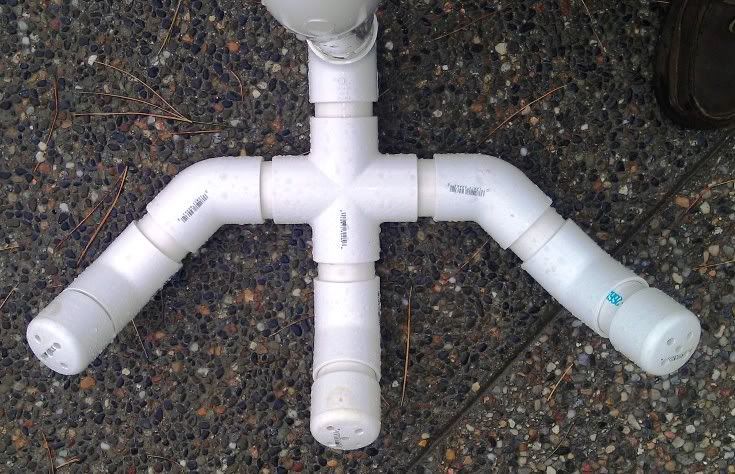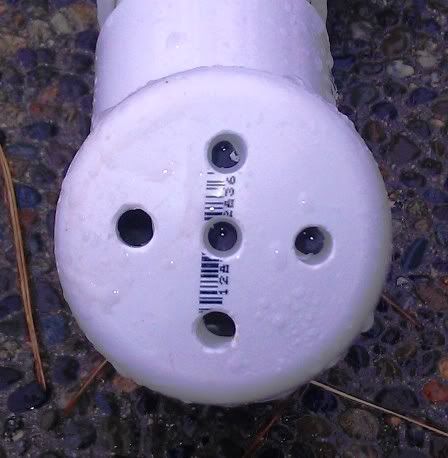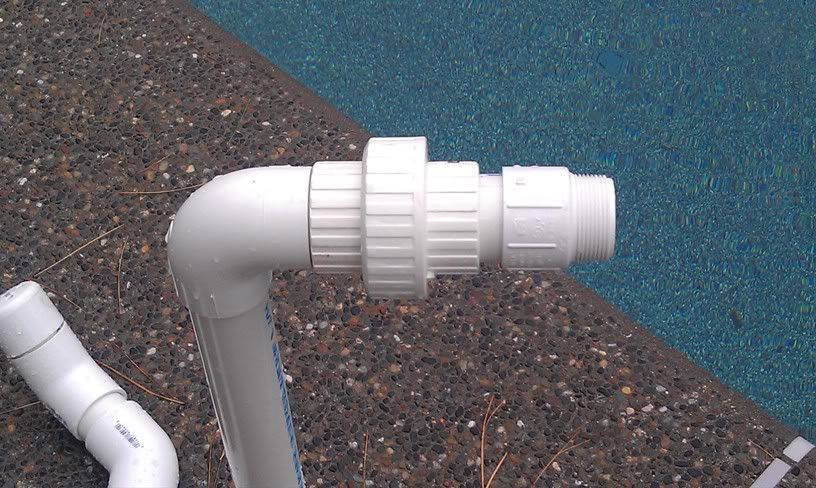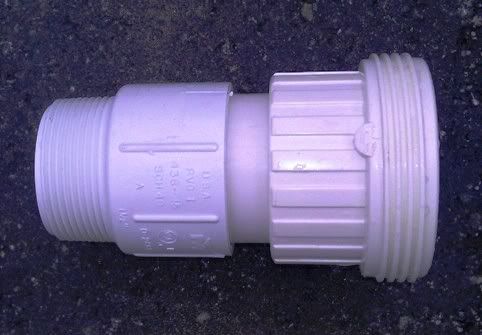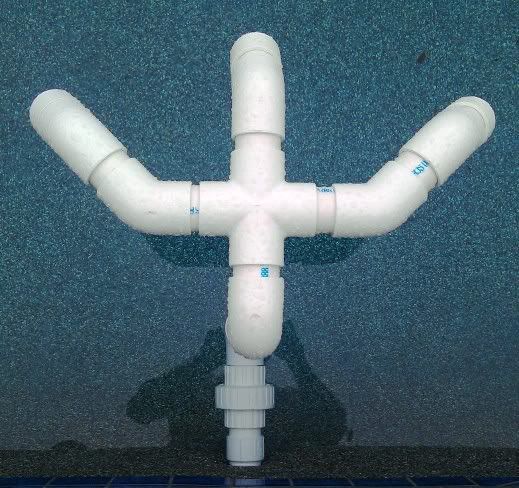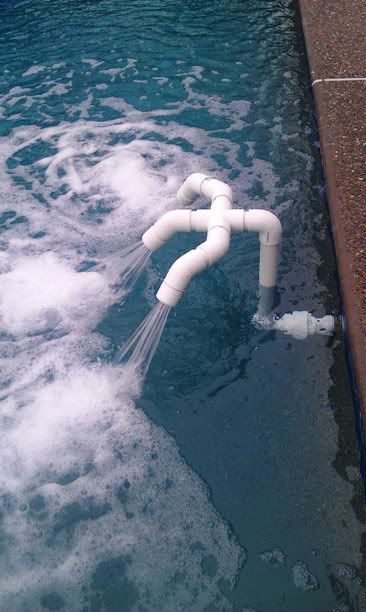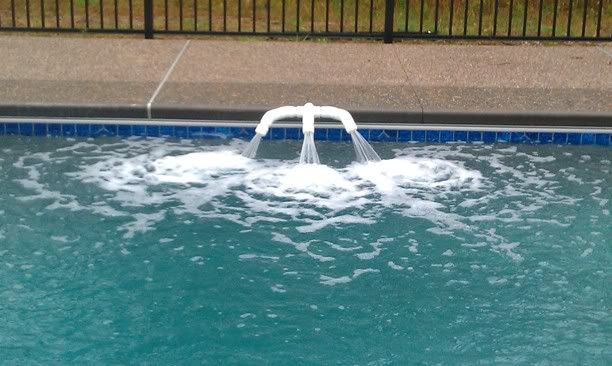Roohollah,
Welcome to TFP!
The aeration does increase the rate of carbon dioxide outgassing and therefore the rate of pH rise, but that is intentional and done in conjunction with adding acid in order to lower the Total Alkalinity (TA). It is a process to Lower Total Alkalinity that includes keeping the pH lower since that too increases the rate of carbon dioxide outgassing. Think of pools as being over-carbonated. If you vigorously stir a carbonated beverage, you make it go flat faster. If you were to add acid to it (such as adding vinegar to baking soda) it will bubble more. The same concept applies to swimming pools. 25-1/2 fluid ounces of full-strength Muriatic Acid (31.45% Hydrochloric Acid) in 10,000 gallons lowers the TA by 10 ppm no matter how you add it. It also lowers the pH so to get the pH to rise without raising the TA requires forcing carbon dioxide out of the water into the air. By the way, we recommend using Muriatic Acid instead of dry acid in order to avoid a build-up of sulfates that at high levels can be damaging to plaster.
Richard
Welcome to TFP!

The aeration does increase the rate of carbon dioxide outgassing and therefore the rate of pH rise, but that is intentional and done in conjunction with adding acid in order to lower the Total Alkalinity (TA). It is a process to Lower Total Alkalinity that includes keeping the pH lower since that too increases the rate of carbon dioxide outgassing. Think of pools as being over-carbonated. If you vigorously stir a carbonated beverage, you make it go flat faster. If you were to add acid to it (such as adding vinegar to baking soda) it will bubble more. The same concept applies to swimming pools. 25-1/2 fluid ounces of full-strength Muriatic Acid (31.45% Hydrochloric Acid) in 10,000 gallons lowers the TA by 10 ppm no matter how you add it. It also lowers the pH so to get the pH to rise without raising the TA requires forcing carbon dioxide out of the water into the air. By the way, we recommend using Muriatic Acid instead of dry acid in order to avoid a build-up of sulfates that at high levels can be damaging to plaster.
Richard


